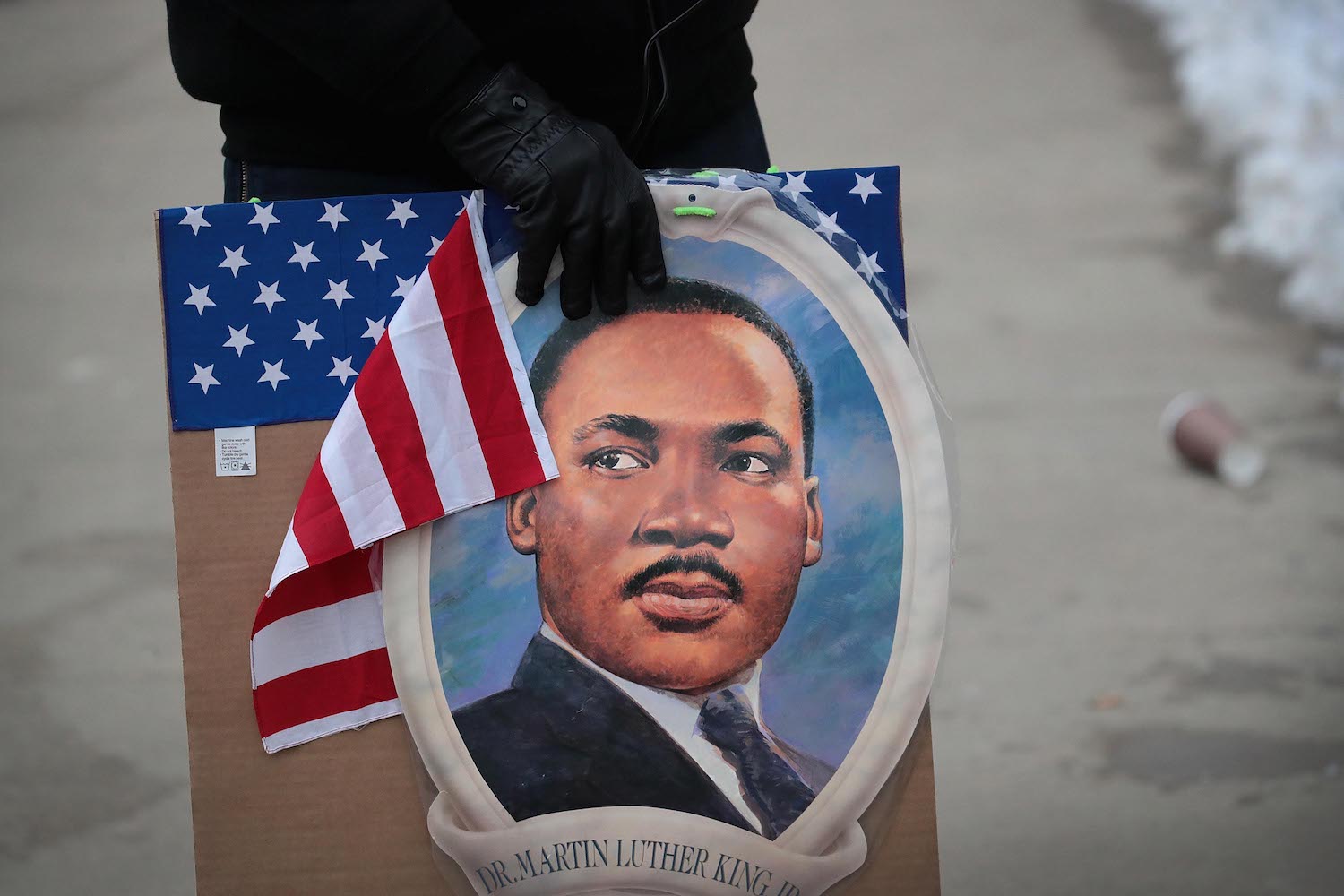Dr. Martin Luther King Jr., James Bevel, and Albert Raby led one of the most imperative northern United States movements in history. The Chicago Freedom Movement challenged systematic racial segregation and discrimination through nonviolent direct action.
As one of the largest cities in the nation, African Americans fled the South in the 1960s to Chicago for a better life. Yet, they were faced with racially fueled motives from racists with exclusion from better resources, and predominantly white neighborhoods and suburbs. From mid-1965 to early 1967, the movement consisted of rallies, protests, and boycotts to demand the end of segregated housing, educational deficiencies, and health disparities, among many more factors based on racism.
In July 1965, Chicago activist Albert Raby, leader of the Coordinating Council of Community Organization (CCCO), invited Dr. King and the Southern Christian Leadership Conference (SCLC) to join him in a nonviolent campaign to gain fair and open housing for African American residents in the city. African Americans were prohibited from living in certain areas and faced discrimination and violence as Chicago was one of the most racially segregated cities. Activists wanted ‘fair housing’ so African American residents could purchase homes they could afford financially, leading to better education and job opportunities.
On January 7, 1966, Dr. King and the SCLC released the Chicago Freedom Movement plans. The campaign would mark their Civil Rights activities from the South to northern cities. King and his family moved to a slum in the city to bring about living conditions while local activist groups planned nonviolent protests. The SCLS launched Operation Breadbasket, with a then 25-year-old leader, Jesse Jackson. The operation targeted companies and corporations that used African American neighborhoods for exposure but refused to hire black employees.
On August 5, 1966, a peaceful march in Marquette Park, an all-white neighborhood, turned hostile when Black and white protesters were met with racists who threw rocks and bottles at them.
To end demonstrations, Chicago’s Mayor Richard J. Daley met with King and the Chicago Housing Authority (CHA) in August. An agreement was reached that included CHA building affordable housing in white areas and the Mortgage Bankers Association making mortgages accessible. After the movement, King stayed in Chicago until 1967, while Jesse Jackson chose to permanently settle in Chicago to further the actions of Operation Breadbasket.
A year later, in 1968, The U.S. Congress passed the Fair Housing Act as a direct result of The Chicago Freedom Movement.
These efforts once again convey the value of strength in numbers. This is what unity amongst ourselves can afford all of us — change. Let us continue to be encouraged now and onward to help be catalysts for change on small and larger scales.
Blavity U Ambassador Lashaunta Moore is a Graduate student at Columbia College Chicago, studying entrepreneurship for creatives. With a bachelor’s degree in media communication, she’s also a freelance journalist and digital content producer who enjoys writing about all forms of news.

